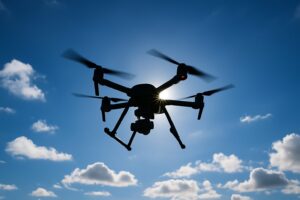The transition to fossil-free aviation is no longer a distant ambition. It’s a stepwise transformation already underway, powered by three complementary technologies: Sustainable Aviation Fuels (SAF), electric propulsion, and hydrogen.
According to Morgondagens Flyg, these three propulsion systems each have a role to play. SAF, which can be blended with conventional jet fuel, provides an immediate emissions reduction for the existing fleet, particularly crucial for long-haul flights where battery or hydrogen alternatives are not yet viable. The challenge lies in scaling production and ensuring the feedstocks are truly sustainable.
Electric propulsion is rapidly advancing for short- to medium-haul flights. Swedish company Heart Aerospace, for instance, is developing the ES-30, a 30-seat hybrid-electric regional airliner designed for enhanced sustainability and efficiency on short-haul routes. The ES-30 is projected to have an electric-only range of 200 km and a hybrid-electric range of 400 km, significantly reducing CO₂ emissions compared to conventional aircraft on similar routes. With a reduced passenger load of 25, a range of 800 km may be achievable.
Hydrogen propulsion adds a third vector. While technically complex, hydrogen holds enormous potential for both combustion and fuel cell-powered flight. Several prototype aircraft are already undergoing flight testing in Europe and the US. Hydrogen requires new airport infrastructure and safety standards—but it promises clean, high-energy flight for medium-range missions.
Morgondagens Flyg stresses that no single solution will carry aviation into a sustainable future. Instead, each of these propulsion types serves a niche, and together they form a resilient, adaptive pathway to climate-neutral air transport.
With the right policy support, infrastructure investment, and cross-sector cooperation, Sweden can accelerate this green shift—and export the expertise to a world looking skyward for solutions.
Of the three complementary technologies – SAF, electric propulsion and hydrogen – which do you believe has the greatest potential to drive real change, and why?

This article builds on the report “Morgondagens Flyg” (The Aviation of Tomorrow), created by Transportföretagen and Aero EDIH.















